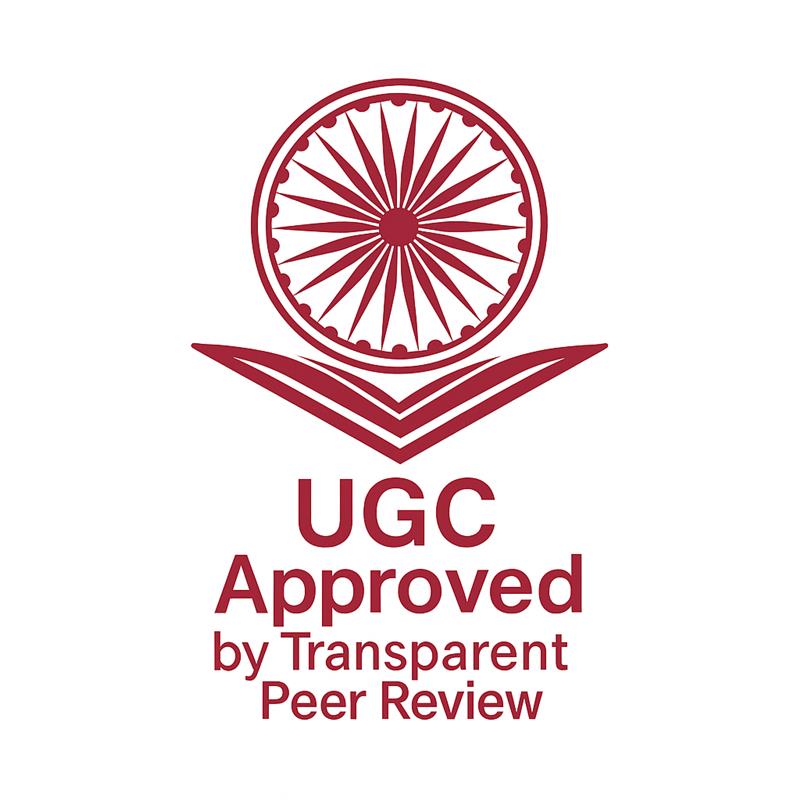Paper Title
Species Distribution And Antifungal Susceptibility Of Candida Species In Blood Culture Isolated From A Tertiary Care Hospital In Odisha: Our Experience
Article Identifiers
Keywords
candidaemia, Blood stream infections, Fungemia, nosocromial, emerging fungal pathogens.
Abstract
Blood stream infections caused by species of Candida may occur both in the community and in the hospital admitted patients and are the cause of significant morbidity ,mortality and health care cost.Difficulty in detection of fungus in clinical specimen is an important cause of less studies on fungal blood stream infections than bacterial.The present study was done with the aim of to determine the species distribution of Candida in blood stream infections and antifungal susceptibility patterns of different species of candida isolated from blood samples collected from patients admitted in different wards of the SUM hospital, Odisha and in patients attending OPD of the same hospital during the study period(2 years from January 2020 to December 2021). Species-level identification and antifungal susceptibility of these fungal isolates were performed using a fully automated VITEK 2 machine.Of the 2746 blood samples obtained from OPD, IPD and ICU during the last 2 years, a total of 166 (6.04%) blood samples were positive for yeast. 115 (69.27%) were from the intensive care unit (ICU), 43 (25.9%) from other wards and 8 (4.81%) were from OPD. Most common species isolated was Candida auris in patients with different clinical diagnosis, C.auris 66 (40.74%), C.parapsilosis29 (18%), C.tropicalis20 (12.34%), C. albicans 18 (11.11%), C. dobushaemulonii 13 (802%), C.glabrata 6 (3.70%), C.pelliculosa 3 (1.85%), C.famata2 (1.23%), C.lipolytica2 (1.23%), C.gullienmondii 2 (1.23%), C.kefyr 1 (0.6%). Male affected 61.44% and female affected 38.55%. Automated culture system (VITEK) must include C.auris. Additionally, hospitals should update their own protocols for antifungal drug use by evaluating yeast species growing in their own units. Consultation with an infectious disease specialist should be part of the protocol when treating candidaemia.
Downloads
How To Cite (APA)
Dr. Nabanita Chakraborti, Dr. Pragyan Paramita Jena, & Prof.Dr.Kundan Kumar Sahu (December-2022). Species Distribution And Antifungal Susceptibility Of Candida Species In Blood Culture Isolated From A Tertiary Care Hospital In Odisha: Our Experience. INTERNATIONAL JOURNAL OF NOVEL RESEARCH AND DEVELOPMENT, 7(12), a467-a475. https://ijnrd.org/papers/IJNRD2212066.pdf
Issue
Volume 7 Issue 12, December-2022
Pages : a467-a475
Other Publication Details
Paper Reg. ID: IJNRD_184690
Published Paper Id: IJNRD2212066
Downloads: 000122255
Research Area: Medical Science
Author Type: Indian Author
Country: Bhubaneswar, Odisha, India
Published Paper PDF: https://ijnrd.org/papers/IJNRD2212066.pdf
Published Paper URL: https://ijnrd.org/viewpaperforall?paper=IJNRD2212066
About Publisher
Journal Name: INTERNATIONAL JOURNAL OF NOVEL RESEARCH AND DEVELOPMENT(IJNRD)
UGC CARE JOURNAL PUBLICATION | ISSN: 2456-4184 | IMPACT FACTOR: 8.76 Calculated By Google Scholar | ESTD YEAR: 2016
An International Scholarly Open Access Journal, Peer-Reviewed, Refereed Journal Impact Factor 8.76 Calculate by Google Scholar and Semantic Scholar | AI-Powered Research Tool, Multidisciplinary, Monthly, Multilanguage Journal Indexing in All Major Database & Metadata, Citation Generator
Publisher: IJNRD (IJ Publication) Janvi Wave | IJNRD.ORG | IJNRD.COM | IJPUB.ORG
Copyright & License
© 2025 — Authors hold the copyright of this article. This work is licensed under a Creative Commons Attribution 4.0 International License. and The Open Definition.
You are free to share, adapt, and redistribute the material, provided proper credit is given to the original author. 🛡️ Disclaimer: The content, data, and findings in this article are based on the authors’ research and have been peer-reviewed for academic purposes only. Readers are advised to verify all information before practical or commercial use. The journal and its editorial board are not liable for any errors, losses, or consequences arising from its use.

Publication Timeline
Article Preview: View Full Paper
Call For Paper
IJNRD is a Scholarly Open Access, Peer-Reviewed, Refereed, and UGC CARE Journal Publication with a High Impact Factor of 8.76 (calculated by Google Scholar & Semantic Scholar | AI-Powered Research Tool). It is a Multidisciplinary, Monthly, Low-Cost, and Transparent Peer Review Journal Publication that adheres to the UGC CARE 2025 Peer-Reviewed Journal Policy and aligns with Scopus Journal Publication standards to ensure the highest level of research quality and credibility.
IJNRD offers comprehensive Journal Publication Services including indexing in all major databases and metadata repositories, Digital Object Identifier (Crossref DOI) assignment for each published article with additional fees, citation generation tools, and full Open Access visibility to enhance global research reach and citation impact.
The INTERNATIONAL JOURNAL OF NOVEL RESEARCH AND DEVELOPMENT (IJNRD) aims to advance applied, theoretical, and experimental research across diverse academic and professional fields. The journal promotes global knowledge exchange among researchers, developers, academicians, engineers, and practitioners, serving as a trusted platform for innovative, peer-reviewed journal publication and scientific collaboration.
Indexing Coverage: Google Scholar, SSRN, ResearcherID-Publons, Semantic Scholar (AI-Powered Research Tool), Microsoft Academic, Academia.edu, arXiv.org, ResearchGate, CiteSeerX, ResearcherID (Thomson Reuters), Mendeley, DocStoc, ISSUU, Scribd, and many other recognized academic repositories.
How to submit the paper?
By Our website
Click Here to Submit Paper Online
You can now publish your research in IJNRD. IJNRD is a Transparent Peer-Reviewed Open Access Journal Publication (Refereed Journal), aligning with New UGC and UGC CARE recommendations.
For more details, refer to the official notice: UGC Public Notice
Submit Paper Online
Important Dates for Current issue
Paper Submission Open For: December 2025
Current Issue: Volume 10 | Issue 12 | December 2025
Impact Factor: 8.76
Last Date for Paper Submission: Till 31-Dec-2025
Notification of Review Result: Within 1-2 Days after Submitting paper.
Publication of Paper: Within 01-02 Days after Submititng documents.
Frequency: Monthly (12 issue Annually).
Journal Type: IJNRD is an International Peer-reviewed, Refereed, and Open Access Journal with Transparent Peer Review as per the new UGC CARE 2025 guidelines, offering low-cost multidisciplinary publication with Crossref DOI and global indexing.
Subject Category: Research Area
Call for Paper: More Details
Approval, Licenses and Indexing: More Details

 :
: 




